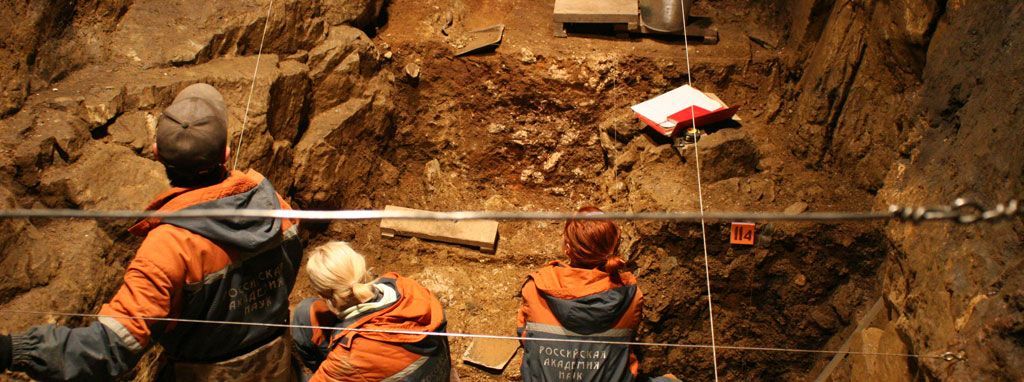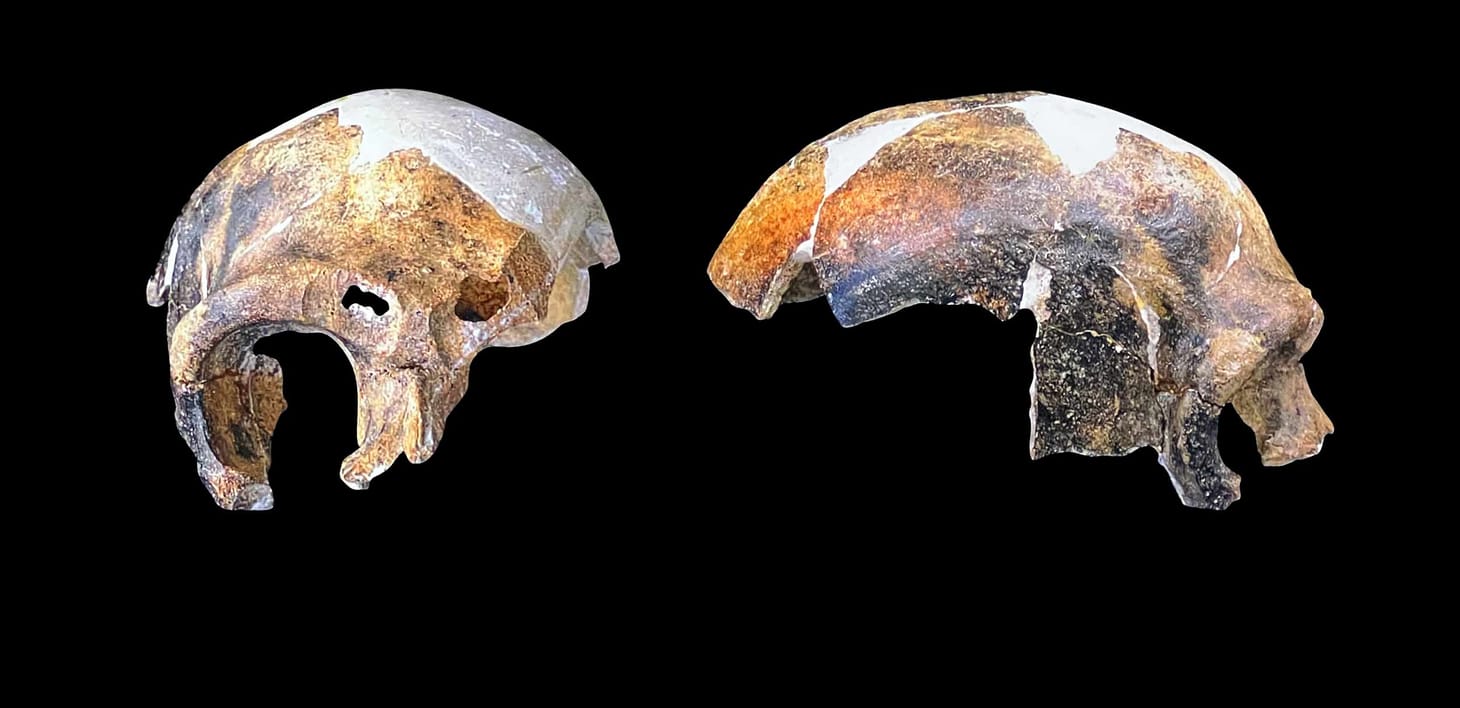How collagen fingerprinting is changing the way archaeologists understand ancient sites
Katarina Douka and coworkers are identifying the species of ancient bone fragments at a massive scale from Denisova Cave.

A nice news article in Nature about the “zooarchaeology by mass spectrometry”, or ZooMS work being done at Denisova Cave by Katerina Douka and coworkers: “Denisovan hybrid cave yields four more hominin bones”.
This approach uses the slight variations in amino acid sequence of the collagen protein to identify the mammal species represented by a small sample of bone. Within many archaeological sites, the average bone fragment is an unidentifiable piece of bone shaft that even the most skilled anatomist is unlikely to identify to species. That means the “faunal collection” of the average Paleolithic archaeological site may contain hominin pieces that cannot be identified.
The ZooMS technique allows a basic identification of a bone specimen to biological family or in some cases species. It relies upon differences in the amino acid sequence of the collagen protein in different animals.
Archaeologists can use this information on bone fragments to add resolution about prey species exploited at a site. Being able to quantify bovid, cervid, or equid from fragments might help show which species hyenas were bringing into a site, and which the hominins were hunting. But the most newsworthy use of the method has been to find hominin fragments, which then can be moved into a queue for ancient DNA sampling.
ZooMS was how Samantha Brown and coworkers identified the Denisova 11 specimen, whose DNA sequence was reported earlier this year. The Vindija 33.16 specimen originally targeted for sequencing by Pääbo’s research group was not found using collagen chemistry, but it had a similar history: a barely-identifiable bone fragment, it was assigned to the faunal collection and later identified by an anthropologist as hominin.
This week’s story, reporting on a conference presentation by Brown at the European Society for Human Evolution, is that the Denisova ZooMS sampling has uncovered an additional four hominin fragments. The work goes on, systematically going through thousands of bone fragments:
Meanwhile, Douka, Brown and a handful of volunteers will continue to sift through thousands more bone fragments.
So far, they have found 1 hominin bone for about every 1,000 animal ones in this cache. At this rate, they could find as many as 400 more hominin specimens.
If you could open up any museum drawer and find one previously-unidentified hominin bone in every 1000 bone fragments, it would be a massive advance by any measure. If you could identify such bone fragments at every archaeological site, the resulting sample would provide an unparalleled record of hominin populations in the past–not to mention, we’d find a few ghosts in the process.
Most fossil settings are dominated by fragments, and most bone fragments within mixed assemblages are not identifiable to species. An advance like ZooMS should remind everyone of just how much useful biological information has been lost from sites excavated in historic times when archaeologists simply did not collect unidentifiable bone fragments. The backdirt of old archaeological sites is full of bone fragments and stone artifacts that were “not good enough” to bother cataloging and collecting. In a few cases, recent archaeologists have returned to those backfill deposits, finding bone fragments–even refitting them to broken specimens that made it into museums. Without such extraordinary luck, those massive backdirt piles remain contextless, drifting flotsam of bad archaeology. ZooMS can’t fix that problem now; the context is already gone.
Digging sites responsibly means recording and preserving context for the future. Archaeology is inevitably an act of destruction and it is not possible to retain every microscopic detail or chemical trace, especially since what makes those traces meaningful is their position and situation within a site. Recording every site at a microscopic level is not possible with today’s approaches.
Tomorrow’s approaches will be better. Testing every bone fragment has just come into the realm of possibility, but remains incredibly time and resource-intensive. It can yield huge dividends at a site like Denisova where the information can catalyze ancient DNA recovery. This kind of large-scale chemical testing may not presently justify the cost for most archaeological sites, but it will be cheaper in the future–or may help to justify a reduced intensity of digging and a higher intensity of sampling at some sites.
Recognizing how technology brings the potential for better information recovery, archaeologists must sample sites deliberately, with an eye toward what is possible today with time-intensive methods, and what must remain for the science of future generations.
The ZooMS method, as exciting as it is, relies upon collagen preserved in bone fragments, and so archaeologists can apply it only to sites where collagen is preserved, which are mostly within the past 100,000 years or so. Will we ever have a method that will allow paleontologists to make use of the fragments of bone within older sedimentary contexts? I think we will.
John Hawks Newsletter
Join the newsletter to receive the latest updates in your inbox.



